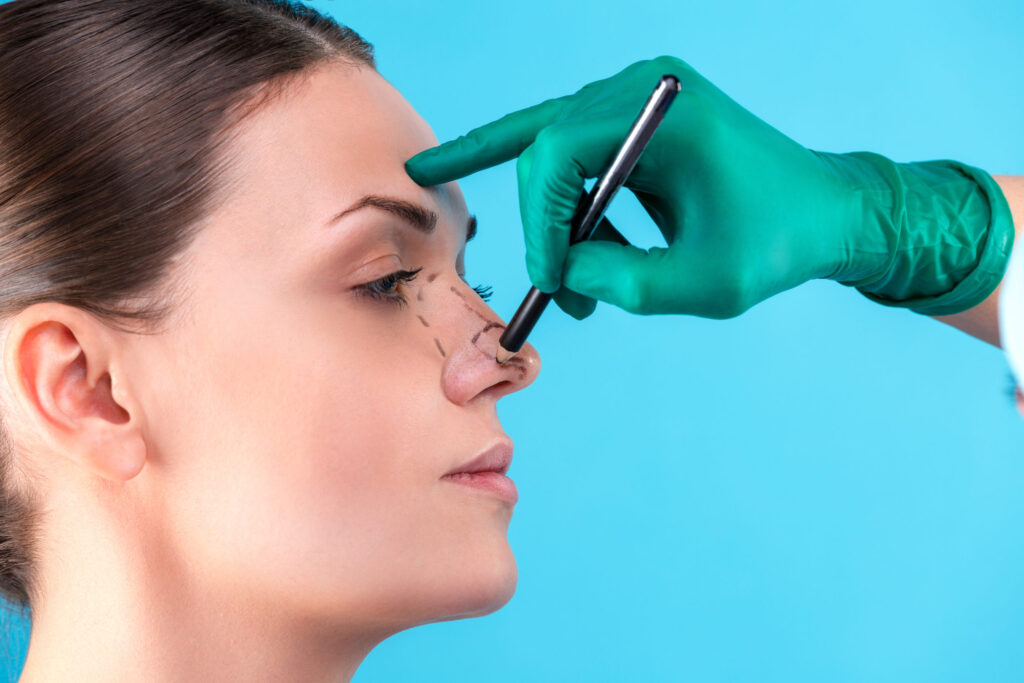Revision Rhinoplasty Turkey
Revision Rhinoplasty in Turkey fixes prior nose surgeries. It corrects mistakes or changes nose shape. Expert surgeons ensure natural looks. Prices vary but are often affordable.
Revision Rhinoplasty Turkey Cost
Revision rhinoplasty in Turkey can be an affordable option for those looking to improve the appearance of their nose. Prices are typically much lower than in other countries and the quality of care is of a high standard. Depending on the complexity of the procedure, revision rhinoplasty in Turkey can cost anywhere from a few thousand dollars up to $15,000. It is important to do research and compare rates from a few different surgeons to ensure you get the best price and quality.

https://www.instagram.com/esteport/
What is Revision Rhinoplasty?
Revision rhinoplasty, also known as secondary rhinoplasty, is a surgical procedure performed to correct or improve the results of a previous nose surgery (rhinoplasty). It is typically more complex than the initial rhinoplasty due to the changes in anatomy and scar tissue from the first surgery. Here are key aspects of revision rhinoplasty:
- Purpose: The procedure aims to address issues that arose from the initial rhinoplasty, which could include aesthetic concerns (such as shape or size of the nose not being as desired), functional issues (like breathing difficulties), or both.
- Complexity: Revision rhinoplasty is generally more complicated than a primary rhinoplasty due to factors like scar tissue, changes in nasal structure, and less cartilage available for grafting. This requires advanced surgical skills and precise techniques.
- Evaluation: A thorough evaluation is necessary to understand the structure of the nose post-primary surgery, the patient’s remaining nasal tissue, and the specific goals and expectations of the patient.
- Techniques: The surgeon might need to use advanced techniques, such as cartilage grafting from other parts of the body (like the ear or rib), to rebuild or reshape the nose.
- Recovery Time: The recovery period for revision rhinoplasty can be longer and more complex compared to the initial surgery, due to the more intricate nature of the procedure.
- Risk of Complications: As with any surgical procedure, there are risks involved, such as infection, bleeding, or unsatisfactory results. The risks can be higher with revision rhinoplasty compared to primary rhinoplasty.
- Choosing a Surgeon: It is crucial to choose a surgeon with specific expertise in revision rhinoplasty, as the surgery requires specialized skills and experience to address the unique challenges it presents.
Patients considering revision rhinoplasty should have a detailed consultation with a qualified and experienced plastic surgeon to discuss their concerns, desired outcomes, and to understand the potential risks and benefits of the procedure.
When is it needed?
If someone is unhappy with their first nose job, they might consider a revision. It fixes looks and breathing issues. Talk with your surgeon before deciding.
Why is it challenging?
Revision rhinoplasty is tough. It fixes previous surgery work. The nose’s structure is already changed. It needs careful balancing. Small changes have big impacts.
Will I need a rib graft?
Some people might need a rib graft. This uses rib cartilage to shape the nose. Your surgeon will decide if it’s needed.
Can success be guaranteed?
No surgery has guaranteed results. The outcome depends on healing and other factors. Always discuss risks with your surgeon.
What’s involved?
This surgery fixes prior nose job issues. It might reshape the nose or fix breathing. It’s complex and needs expert surgeons. Recovery might need weeks to months.
Recovery details:
Post-surgery care is vital. Keep your head up. Avoid hard activities. Take medicines as advised. Follow your surgeon’s guidance closely.
Risks and complications:
All surgeries have risks. Infections, scars, and anesthesia issues might happen. Picking an expert surgeon reduces these risks.
Is it worth it?
For many, yes. It can fix breathing and appearance. It’s a personal decision weighing costs, time, and potential benefits.
Success rate?
Generally, 80-90% of these surgeries succeed. This requires a skilled surgeon and patient follow-through.
Does it take longer to heal?
Yes, it often does. Healing can take 6-12 months. Be extra careful during recovery.
How many nose jobs need revisions?
About 5-20% of nose jobs might need revisions. Always choose a skilled surgeon for the best outcome.
Why so difficult?
The nose is complex. It’s hard to reshape once altered. Errors can look unnatural or cause breathing issues. It’s a challenging surgery.




Soru Sor